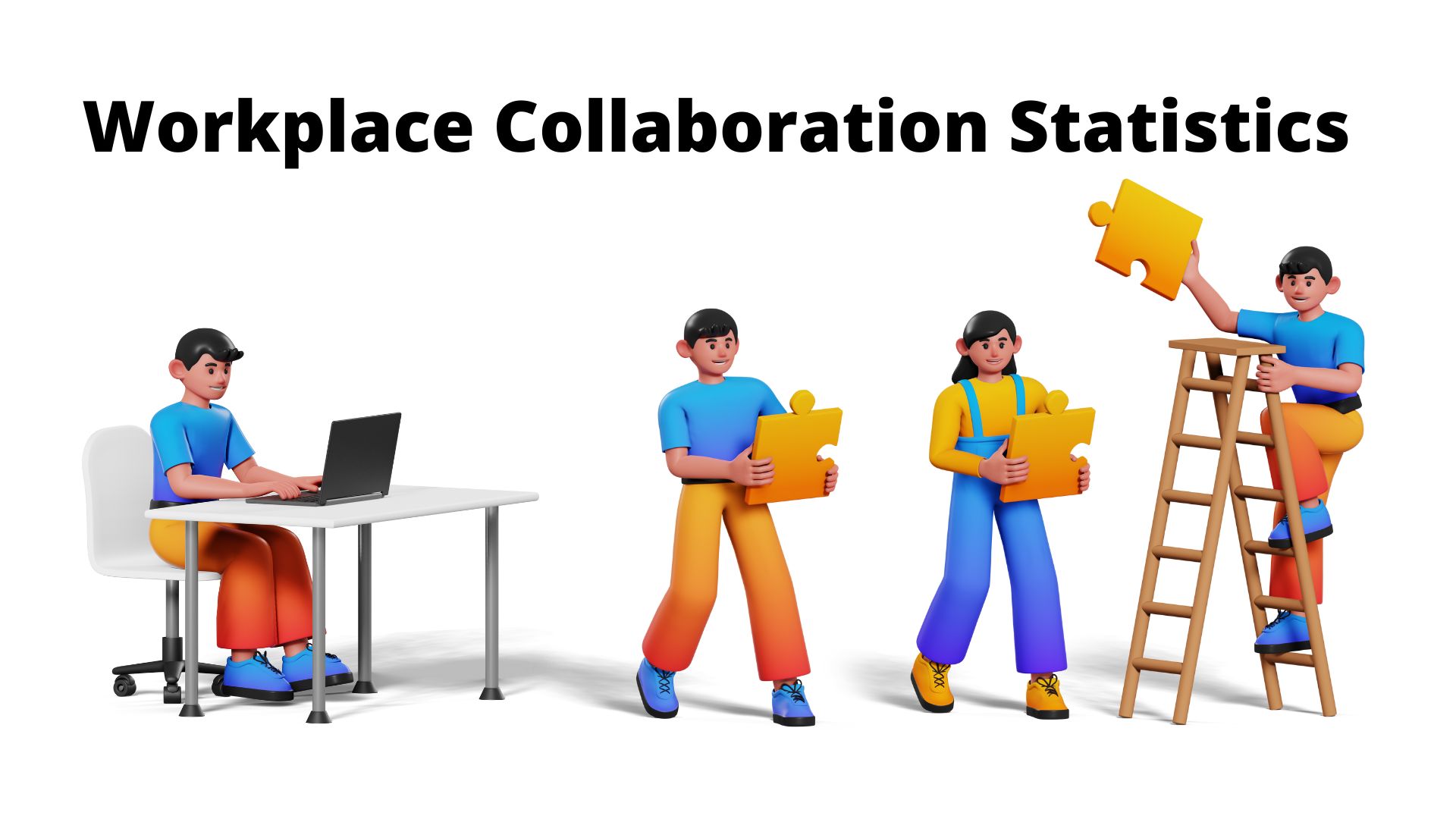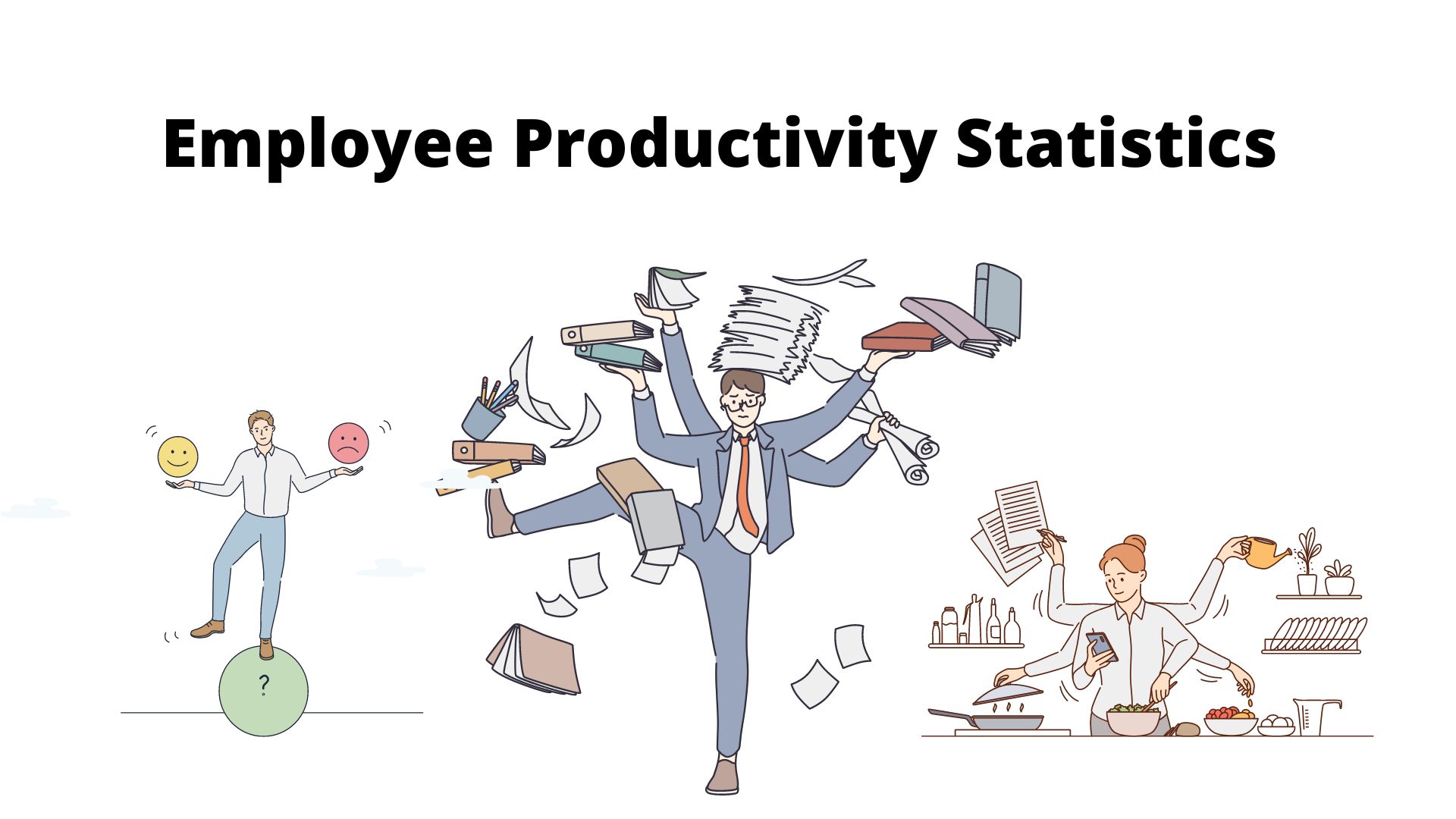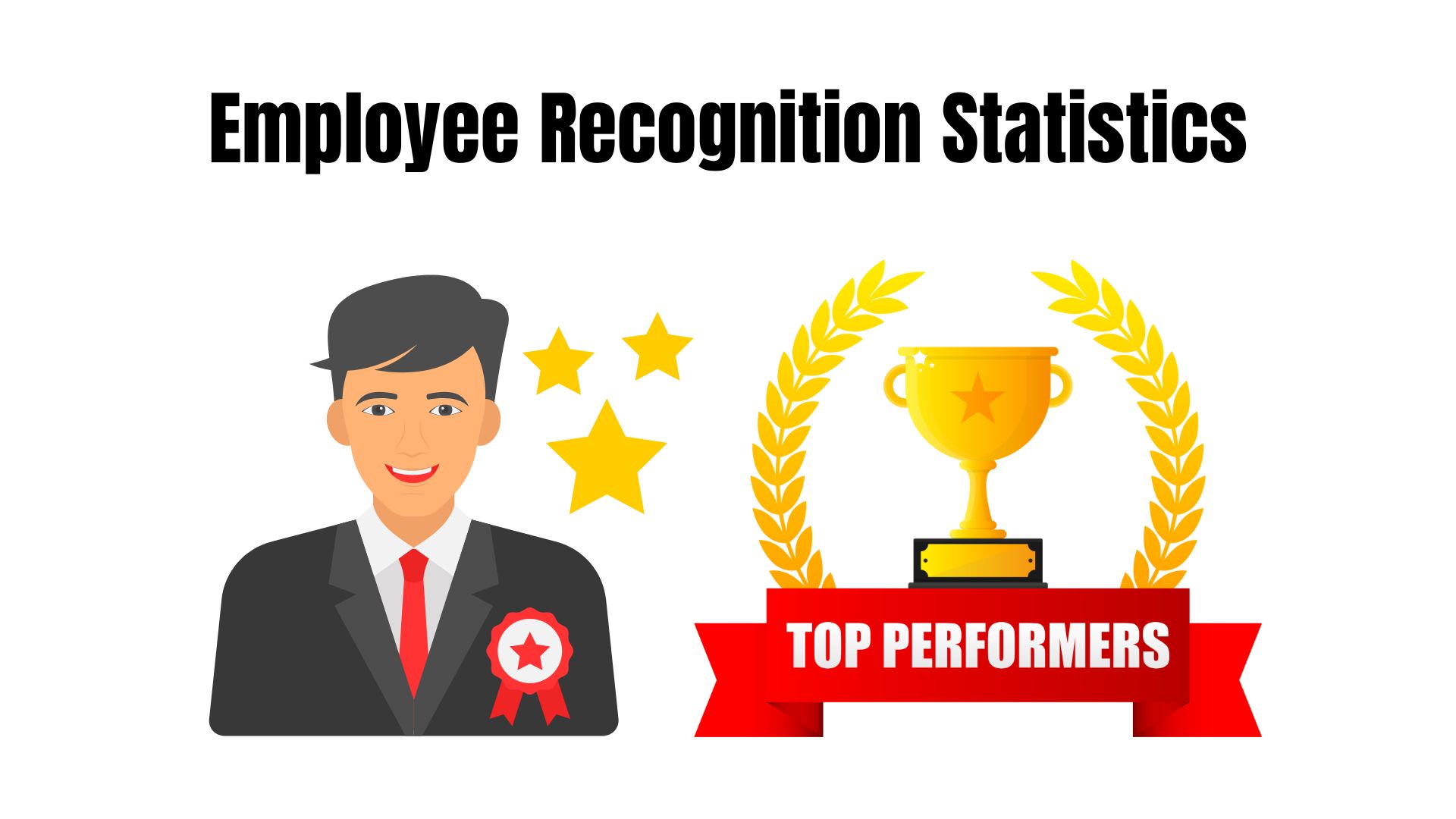Evolving Toward an E-Business Software Stack: Slow but Steady Progress
Global 2000 (G2000) organizations are struggling to define and implement corporatewide strategies for integrating enterprise applications, transactions, and business processes. Applications (both packaged solutions and homegrown custom solutions) must support a new breed of e-commerce functions that cut across traditional application boundaries. The ability to successfully manage the integration of these business processes is crucial for successfully implementing customer relationship management (CRM) and commerce chain management (CCM) initiatives.
Through 2001/02, organizations will continue struggling with reconciling separate, yet overlapping, initiatives (e.g., CRM, extended supply chain management, sell-side e-commerce) and identifying the shared software components and infrastructure technology required to enable these business initiatives. During 2002/03, leading organizations will have defined at the business process level a strategy and technology road map for synchronizing multiple sales and service channels across the enterprise (e.g., call centers, sales force automation solutions, Web-based self-service, business-to-business [B2B] and business-to-consumer [B2C] e-commerce platforms, public/private marketplaces).
During this same period, internal and external application integration functionality will become a key component within an e-business application software platform. Although integration between components within these platforms will be limited, enterprise application integration (EAI) and inter-enterprise integration (IEI) capabilities will be bundled with other software platform components (e.g., application servers, portal frameworks, personalization services). By 2004/05, vendor-provided software stacks will deliver the common core infrastructure services required to deploy, integrate, and manage distributed applications, thereby enabling application development organizations to focus on increasing corporate value by creating business services and processes that link those services within their organizations as well as across extended commerce chains (e.g., supply, service).
Organizations should be planning the convergence of internally focused EAI solutions and B2B-focused IEI solutions during the next 6 to 18 months. The expanding use of Extensible Markup Language (XML) as a message representation format will be the primary driver of this convergence. META Group believes vendors with integrated suites encompassing both EAI and IEI capabilities (e.g., IBM, webMethods, SeeBeyond, Tibco) will lead the application integration market through the second half of 2001. Other vendors will successfully increase market presence as their technology matures (e.g., BEA, Microsoft) or remain strong in specific vertical markets, integration scenarios, or geographic regions (e.g., Vitria, Mercator, GXS, Viewlocity).
While the market for integration solutions converges and the distinction between internally and externally focused integration disappears, the distinction between message-based, asynchronous platforms for application and data integration and transaction-oriented application-server-based e-commerce solutions is expected to effectively disappear. Requirements to link back-office, cross-application business processes (including internal supply chain management capabilities) with buy-side (e.g., procurement, extended supply chain) and sell-side (e.g., customer-facing e-commerce) processes are the key drivers of this convergence.
Reprinted from Datamation.

Michael Singer is a career coach, podcast host, and author to help you step into a career you're excited about. Currently, He is a coach and trainer helping entrepreneurs and executives achieve business and leadership success. He is also an award-winning business journalist focused on the intersection of technology, Big Data, Cloud, SaaS, SAP, and other trending technology.



